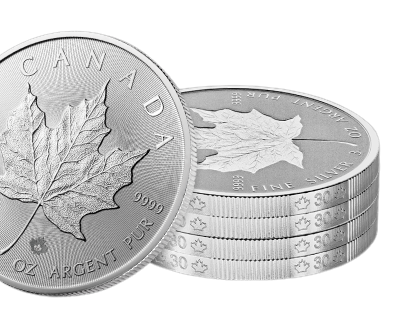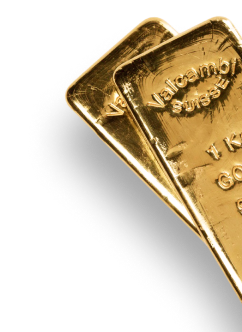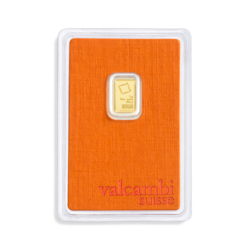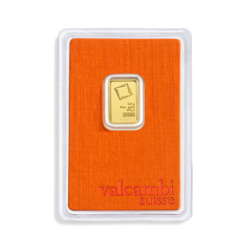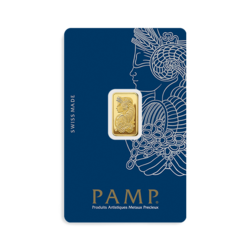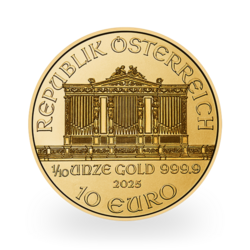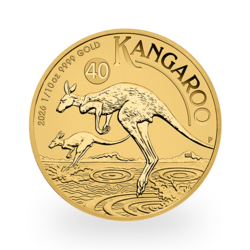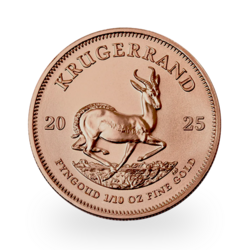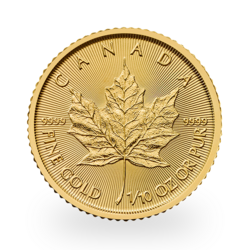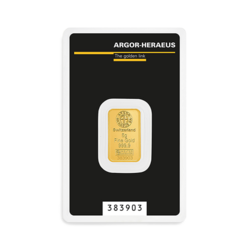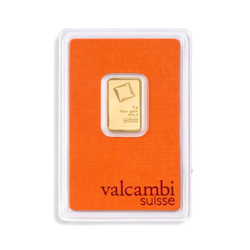The price of gold continues to break records, with the symbolic threshold of $2,500 now exceeded. In euros, which concerns us more directly, an ounce of gold reached 2,300 euros, double its value five years ago - a remarkable performance!
A question immediately arises: will this continue?
In our opinion, the answer is yes, for several reasons:
- Inflation will remain relatively high, at around 2% at best, rather than zero, as was the case before Covid. This is due to the heightened sensitivity of our European economies to energy costs, which are set to remain at high levels: US liquefied natural gas (LNG) is more expensive than Russian gas, the European electricity market is indexed to gas prices, the energy transition represents a colossal cost, and the price of oil will remain high due to the agreement between Saudi Arabia and Russia, as well as the US need to make its shale oil profitable.
On the other hand, the price advantages of globalization are diminishing and, on the contrary, the regionalization of the world will make goods more expensive. For example, the United States is building semiconductor factories to ensure its sovereignty, which is an excellent initiative, and Europe should follow suit. However, these products will be more expensive, if only to amortize the massive investments made.
- The level of public debt in the EU and the USA is such that central banks will at some point revive their money printing presses, or lower their interest rates excessively. You can bet on it.
- Individuals are turning to physical gold. Although the scale of the movement varies from country to country, it is nevertheless a general trend.
- Finally, a new participant is buying huge quantities of gold: central banks, or the countries themselves. That's what we're going to find out.
For a long time sellers, central banks switched to buyers following the subprime crisis in 2008. This realization of the fragility of the banking system and the dollar led them to turn to an asset that was both resilient to everything and still highly liquid: gold.
The BRICS' desire to free themselves as much as possible from the dollar is pushing them towards gold, especially as no other currency is willing to take over from the greenback. China, in particular, is unwilling to assume the responsibilities of an international currency, such as letting it float freely. It prefers to remain pegged to the dollar to protect its exports.
As a result, countries exporting raw materials or products, such as those in the Middle East and Asia, which accumulate foreign exchange reserves mainly in dollars, are now turning to gold.

Even so, we think this movement is underestimated. Back in 2015, we stated that China is certainly playing lying poker and that its reserves probably exceed 10,000 tons of gold today, i.e. more than the amount of US reserves held at Fort Knox: “China extracts 400 tonnes of gold each year and none of it leaves the country; it also imports a little less than 1,000 tonnes a year, according to several estimates. Even if all this gold doesn’t end up in the central bank’s vaults, the real number is well above the announced 1,658 tonnes.”
We recently learned that Saudi Arabia has “secretly bought 160 tonnes of gold in Switzerland since the beginning of 2022, contributing to the current rise in gold.” (Cointribune). It is in the interests of central banks and countries not to reveal the scale of their gold purchases, as this would push up prices and make their acquisitions more expensive.
So don't worry: in addition to persistent inflation, the powerful buying drive by countries in the Middle and Far East will continue to push gold prices higher.
No, it's not too late to buy.
Reproduction, in whole or in part, is authorized as long as it includes all the text hyperlinks and a link back to the original source.
The information contained in this article is for information purposes only and does not constitute investment advice or a recommendation to buy or sell.

